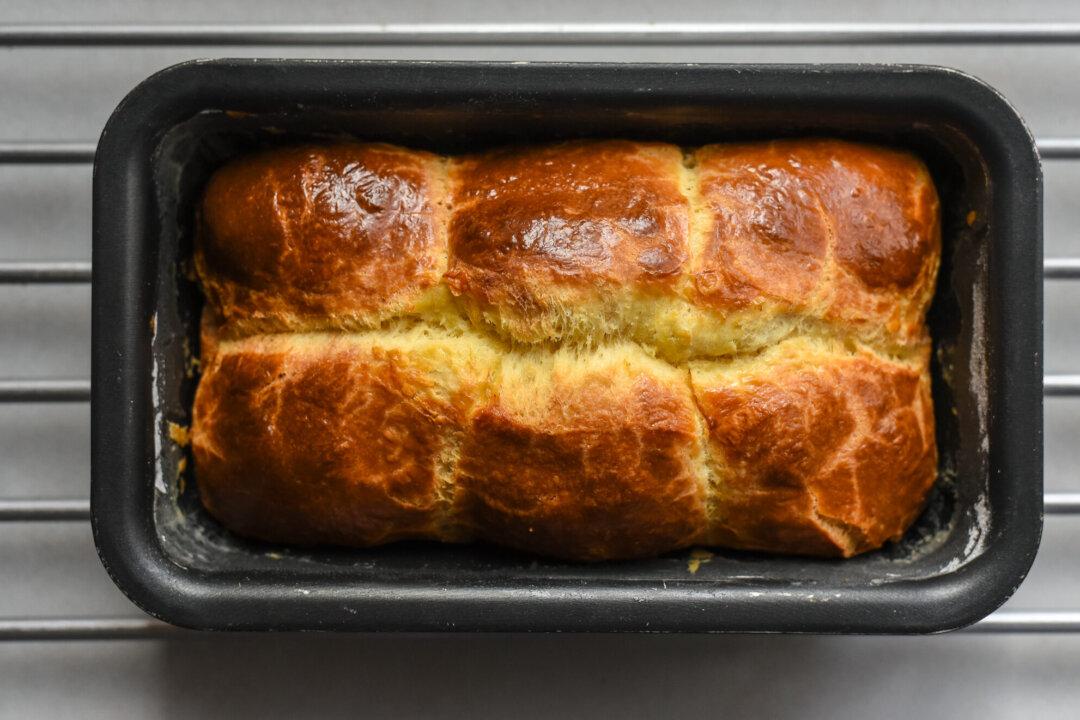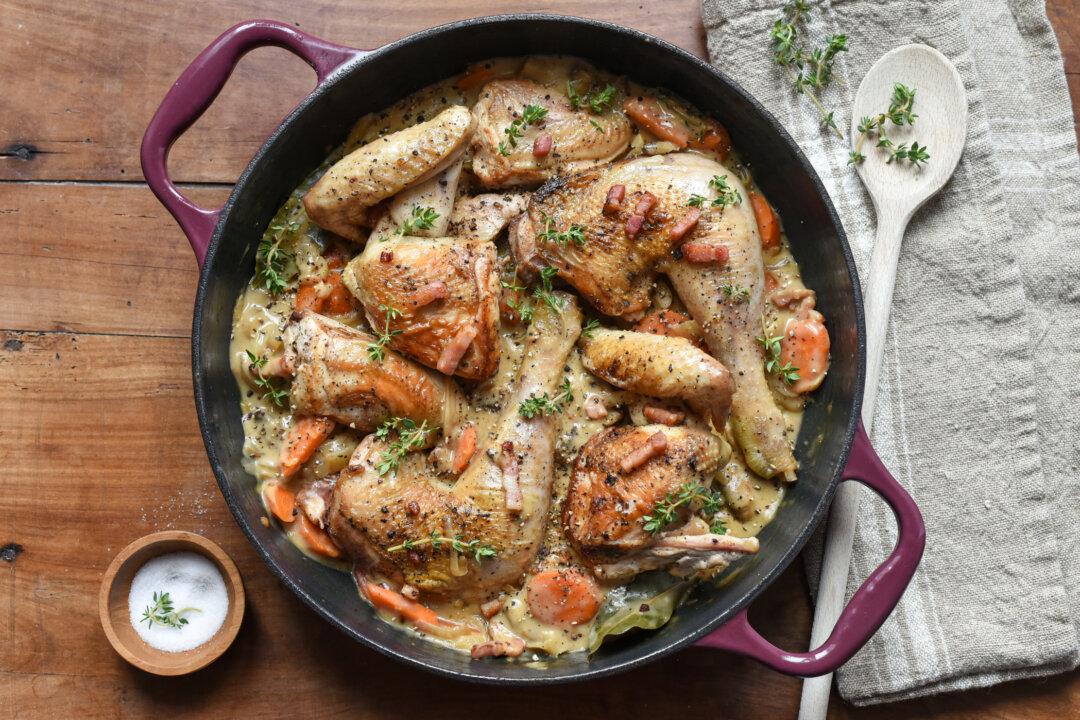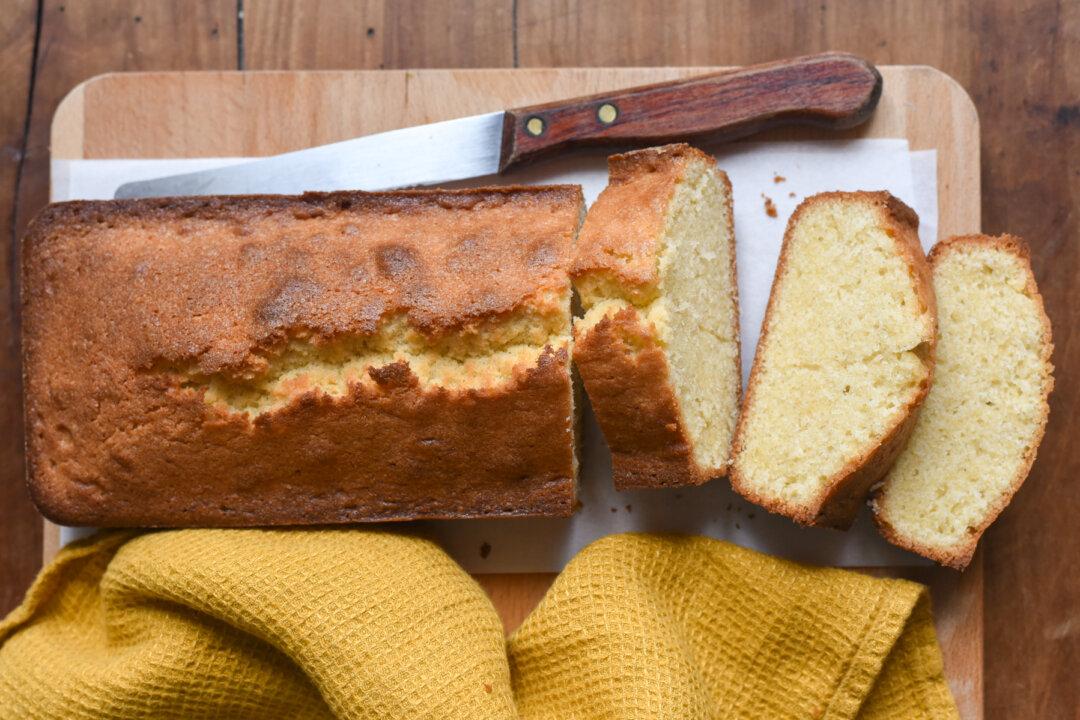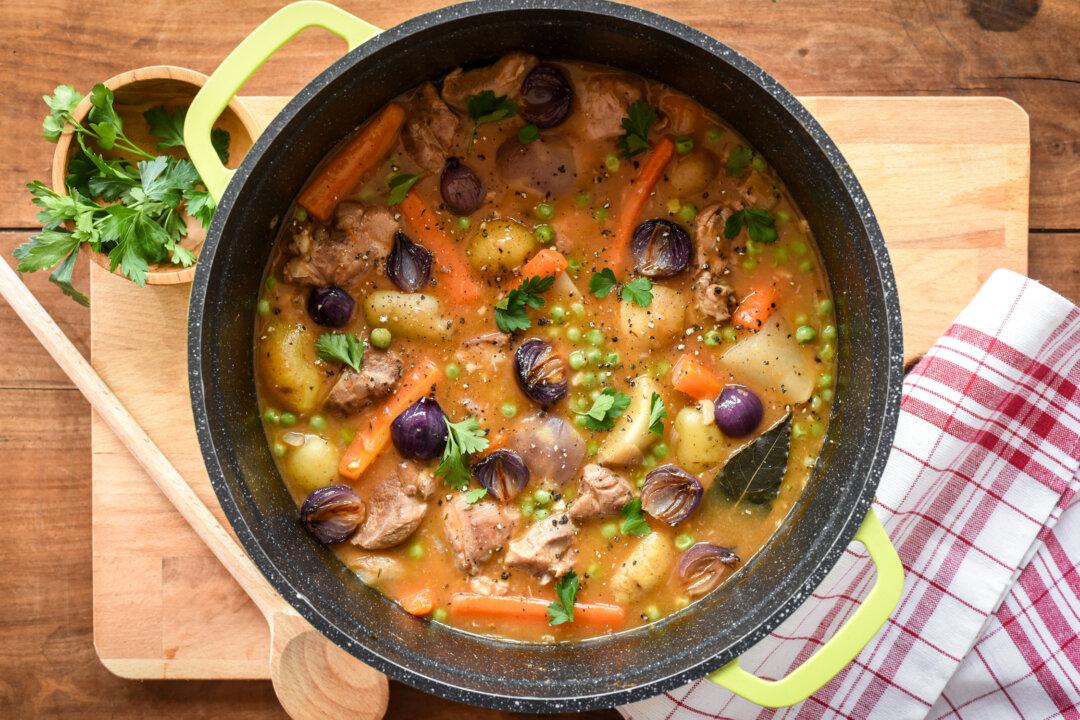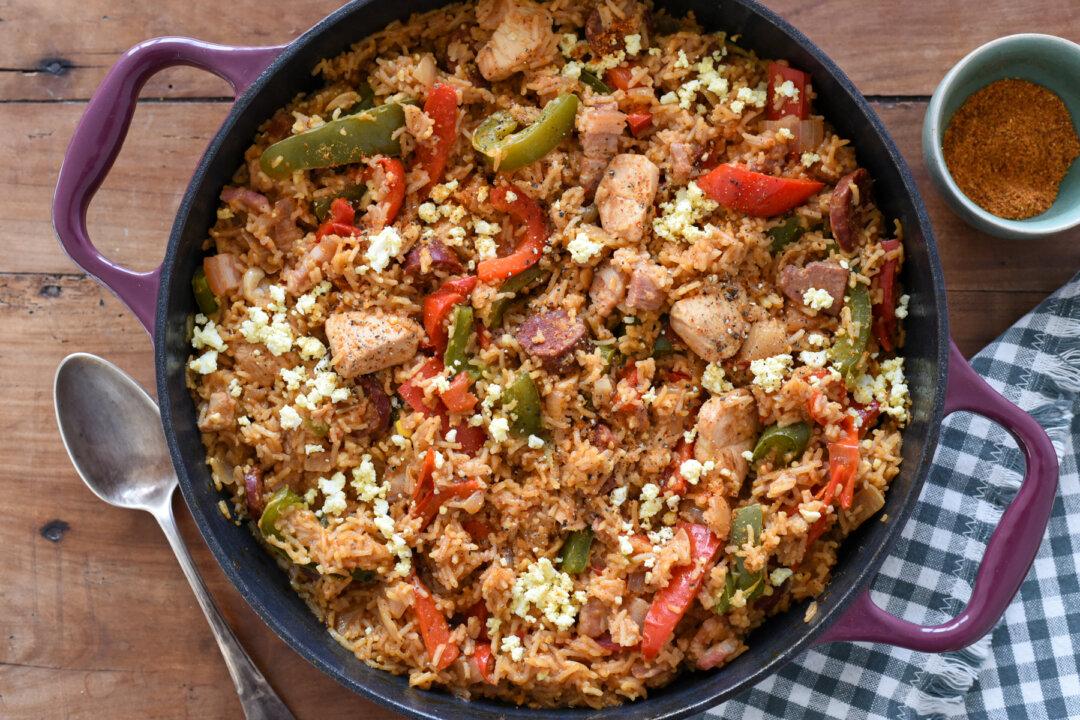The French have a passion for brioches, which they seek out at bakery stalls and markets, and occasionally make at home. The soft, pillowy bread is a favorite for breakfast, enjoyed with butter and jam, and for the traditional goûter (mid-afternoon snack), with one or two squares of chocolate. Making brioche for Easter morning is a tradition the French follow proudly every year.
Each region has its own take, but brioche pur beurre—the butter brioche—is the classic version that everyone can agree on. It’s a loaf you can find virtually anywhere in France, likely the most popular of all. Unlike other variations that can include milk or cream, this one, as its name suggests, is all about the butter, making for a uniquely rich crumb.

